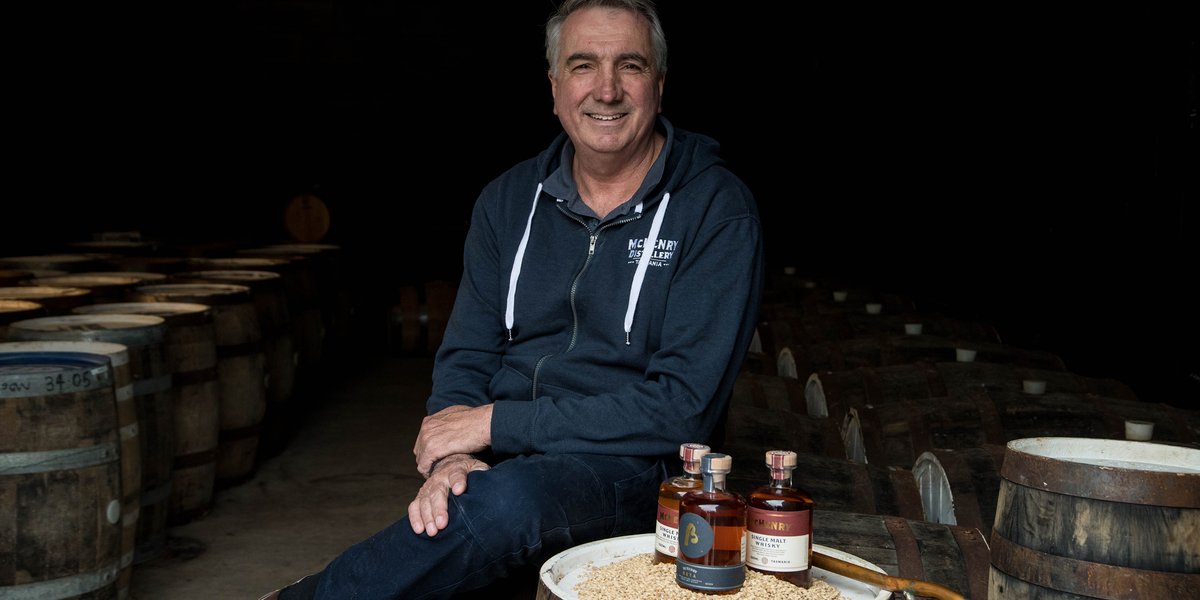Dean Smith
“The tunnel has a wonderful history. Being able to share that with people in a unique experience is fantastic.”

“We bought a house with part of the old tunnel on the title. We didn't know what to do with it and for several years it was just a big shed. We had no idea what to do with this massive hole in the ground."
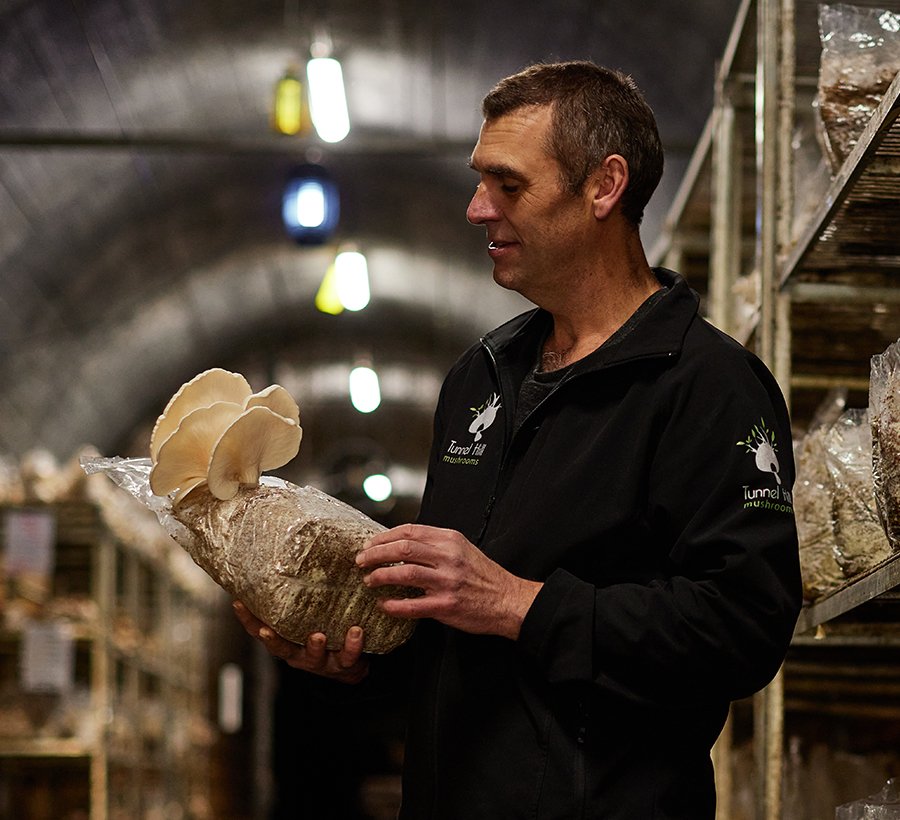
Hidden below the slopes of Mount Rumney on Hobart’s Eastern Shore lie the bones of the Bellerive-Sorell train line, built in 1891 and vacated after just 34 years of service.
Since closing in 1926, the line — known colloquially as the ‘Idiotic Railway’ due to the slower-than-walking speed of the journey — has been mostly dismantled, leaving a few walking tracks and a 165-metre tunnel as the only remnants of its history.
In the century that followed, Tasmanians made every effort to repurpose the heritage-listed tunnel. The Defence Department used it to store records during World War II. The University of Tasmania used it for cosmic ray research in the 1960s, and a Hungarian man named Pasztor attempted to open a themed restaurant there in the ‘70s. It was even briefly owned by Sullivan's Cove's Patrick Maguire, who had grand plans to turn the dark, humid tunnel into a distillery. Despite captivating these budding entrepreneurs, the tunnel stayed unused for years; deemed too cold, too awkwardly shaped, too unsuitable for most ventures.
Yet the story of Tasmania is often about clever people transforming the cold, the awkward, the unsuitable.
In 2000, Dean Smith and his family bought a house in Mount Rumney. In true Tasmanian form, a familial connection with the neighbours put the property on their radar and they quickly fell in love with the house and surrounding land — just big enough for a small hobby farm. 90 metres of the tunnel was included in the title but the Smith family had no real use for it, so for years it acted as a glorified storage space.
Until, one Sunday afternoon, there was a knock at the door.
“We had no idea what to do with this massive hole in the ground,” says Dean. “Then we had a visit from an old guy that just so happened to be the original farm manager at Huon Valley Mushrooms. He asked to have a look at the tunnel, as he thought it would be a good place to grow.”
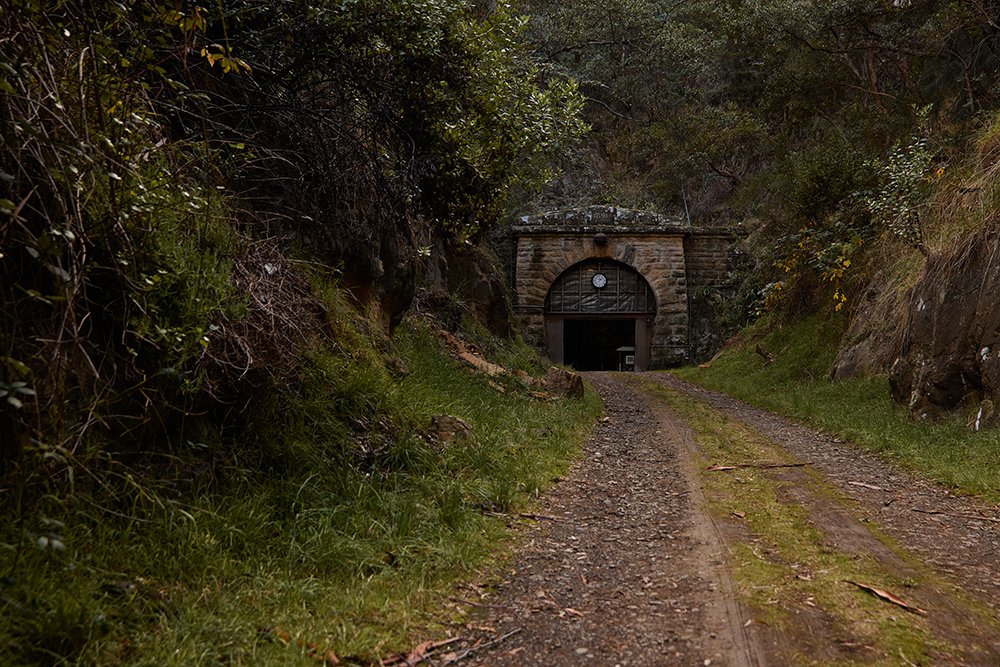
Years earlier Dean had worked as a qualified electrician, but a workplace injury saw him walking with a cane by age 35. Inspired by the potential of the tunnel, he threw himself into learning everything he could about growing mushrooms. He began doing work experience at Huon Valley Mushrooms. He experimented. He discovered the tunnel was the perfect place to grow cold strain mushrooms due to its consistent temperatures of 13-14 degrees and naturally high humidity, but there was still a lot of work to be done to produce the quality Dean wanted.
“The biggest obstacle has been getting consistent growth and yield numbers,” he says. “I started off growing in coffee waste but was having major contamination issues in the grounds. I switched to straw bags which was better, but production is limited to what types of mushrooms you can grow. At the moment I’m using sawdust logs; they’re not cheap, but it is really the only way to make a successful growing operation.”
Dean grows three varieties of mushroom in his tunnel, and supplies local Hobart restaurants with his shiitake, lion’s mane, and oyster mushrooms. He has grand plans to increase production and introduce an agritourism venture that offers visitors a unique experience. After years of best-laid plans and short-lived adventures, the tunnel has finally found its purpose—a resourceful one that suits its natural conditions.
“I have done some tours for local schools and photography clubs, and I tend to say yes to any groups who want to come and have a look. I’ve also sold logs to schools for their science projects, so students can study how the mushrooms grow.
“The tunnel has a wonderful history. Being able to share that with people in a unique experience is fantastic.”

We worked with southern Tasmanian photographer Samuel Shelley for this Tasmanian story.
Read about more Tasmanians
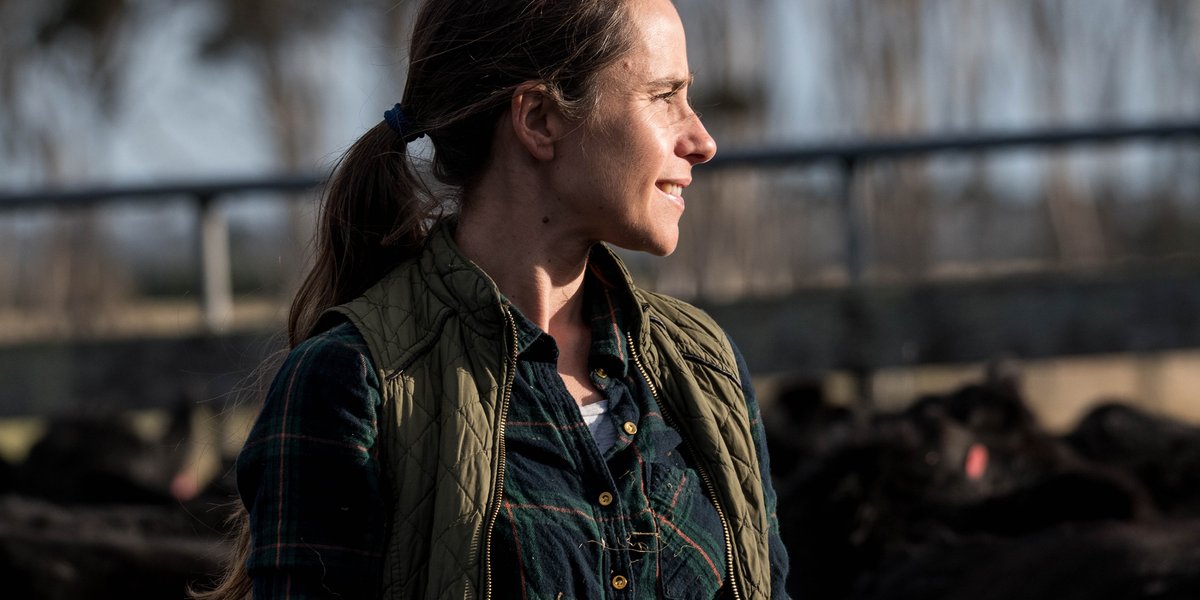
Ana Pimenta
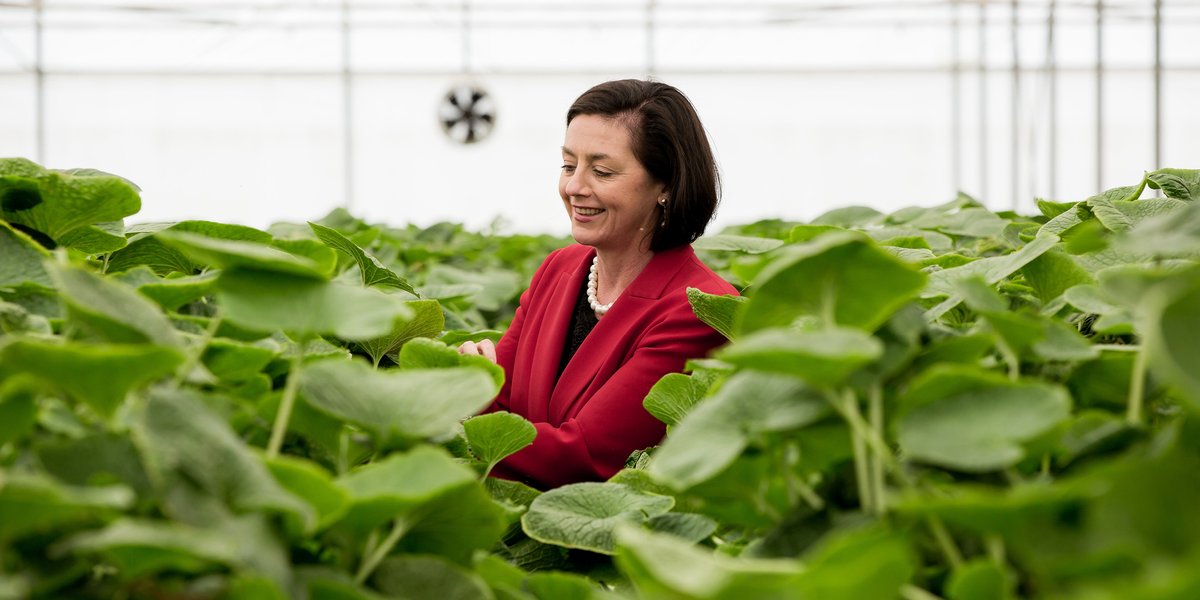
Jane Bennett
